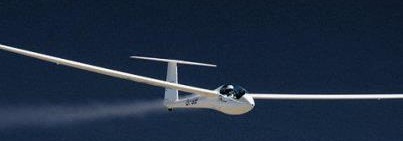
Handicap Tasks were invented to provide a level field task format for handicapped competitions. In this format the handicaps are applied to the the task so that, in theory, equally skilled pilots will complete the task set in the same time. High handicap gliders have to fly further around their task than low handicap ones.
This software download will allow you to set accurate Distance Handicap Tasks and prepare logger files for scoring in See You Competition. The current version is 3.4.0.0 Annual Release 2024.
You will need to be registered as a Handicap Task User on this site and will require a licence code to use the software. You can do this on the home page
This website and the Handicap Task Software is supported by voluntary donations. If you wish to donate you can find out how to do it by clicking the button below.
